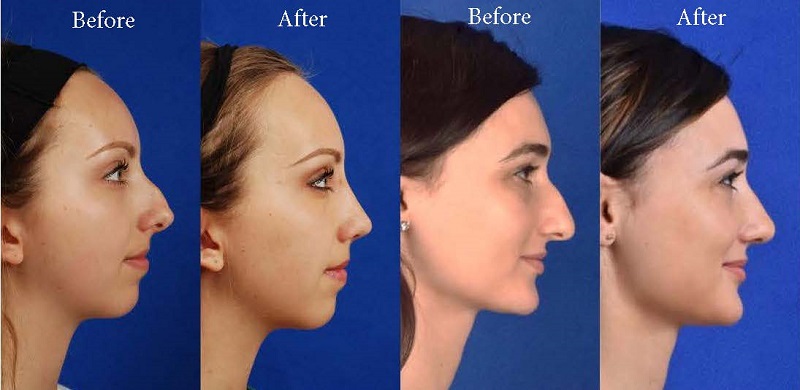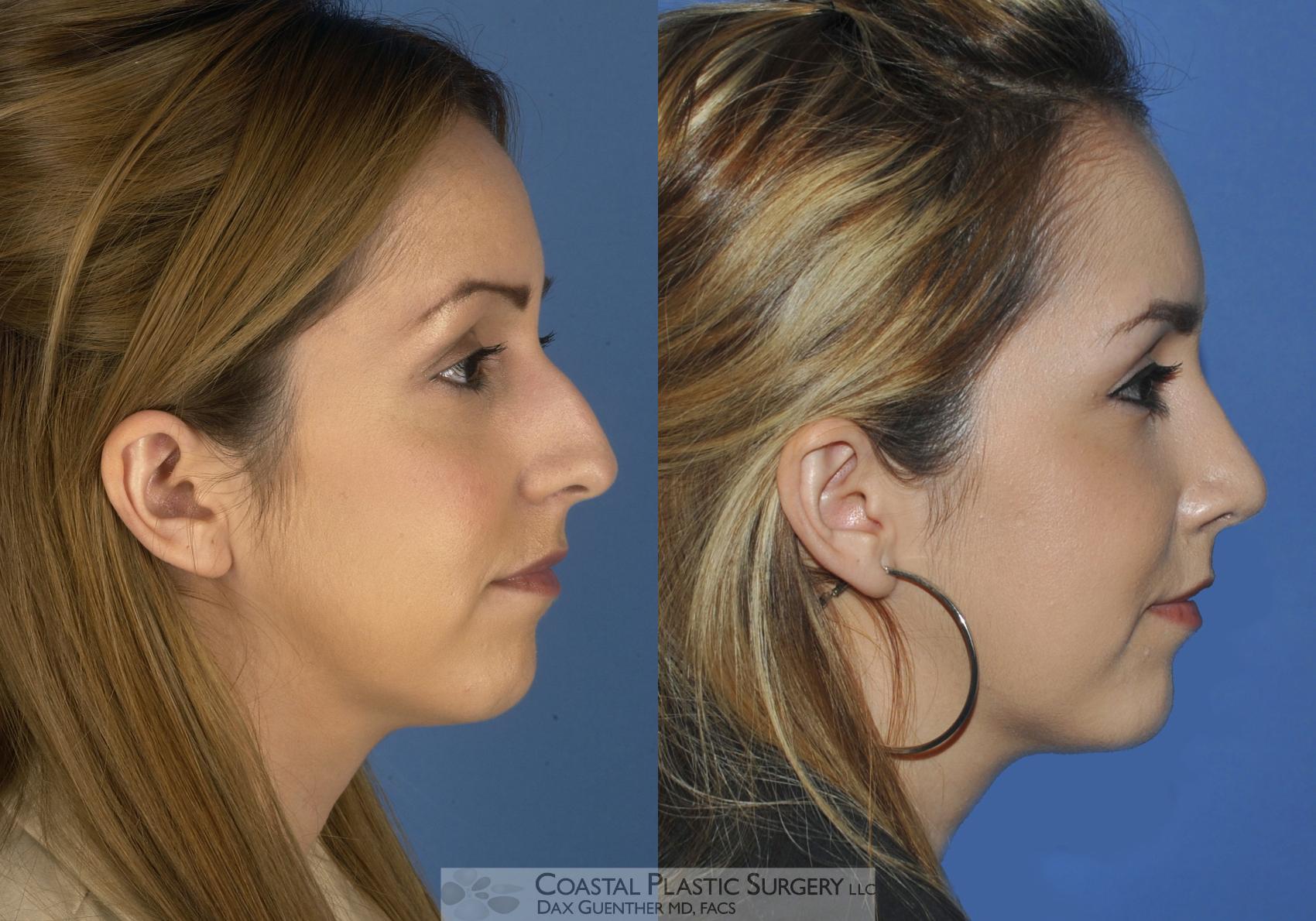Rhinoplasty Surgeon Austin - The Facts
Table of ContentsThe Only Guide for Rhinoplasty Surgeon AustinSee This Report about Austin Rhinopasty Surgeon
The design template is turned 180 degrees and put over the distal (far) portion of the axis of the skin flap; the cosmetic surgeon describes it with a surgical marker. The outline markings are continued proximally and parallel to the central axis, preserving a 2-cm width for the proximal flap. Without applying an injection of anaesthetic epinephrine, the flap is incised (cut), and the distal half rises in between the frontalis muscle and the subcutaneous fat.The dissection continues towards the eyebrow and the glabella (the smooth prominence between the eyebrows) up until the skin flap is adequately mobile to allow its relaxed transposition upon the nose. Under loupe zoom, the distal portion of the forehead flap is de-fatted, to the subdermal plexus. Yet, the fat-removal must be conservative, particularly if the patient is either a tobacco cigarette smoker or a diabetic, or both, due to the fact that such health elements negatively affect blood flow and tissue perfusion, and hence the prompt and appropriate recovery of the surgical scars to the nose.

Surgical technique the septal mucosal flap The surgeon cuts the anteriorly based septal mucosal tissue-flap as commonly as possible, and then releases it with a low, posterior back-cut; but just as needed to enable the rotation of the tissue-flap into the nasal wound. The surgeon determines the measurements (length, width, depth) of the nasal wound, and then delineates them upon the nasal septum, and, if possible, integrates an additional margin of 35 mm of width to the injury measurements; additionally, the base of the mucosal tissue flap need to be at least 1.
The surgeon then makes 2 (2) parallel cuts along the floor and the roofing system of the nasal septum; the cuts assemble anteriorly, towards the front of the nasal spine. Using an elevator, the flap is dissected in a sub-mucoperichondrial aircraft. The (far) distal edge of the flap is cut with a right-angle Beaver blade, and after that is shifted into the wound.
A technical variation of the septal mucosal flap strategy is the Trap-door flap, which is utilized to rebuild one side of the upper half of the nasal lining. It is emplaced in the contralateral nasal cavity, as a superiorly based septal mucosal flap of rectangular shape, like that of a "trap-door".
The cosmetic surgeon elevates the flap of septal mucosa to the roofing system of the nasal septum, and after that traverses it into the contralateral (opposite) nasal cavity through a slit made by getting rid of a little, narrow portion of the dorsal roof of the septum. Later on, the septomucosal flap is extended throughout the wound in the mucosal lining you can try here of the lateral nose - austin rhinopasty surgeon.
The smart Trick of Rhinoplasty Austin Tx That Nobody is Talking About
I. Partial-thickness flaws A partial-thickness flaw is a wound with appropriate soft-tissue protection of the underlying nasal skeleton, yet is too large for primary intention closure, with sutures. Based upon the place of the injury, the cosmetic surgeon has 2 (2) options for correcting such a wound: (i) healing the wound by secondary intention (re-epithelialisation); and (ii) healing the injury with a go to this site full-thickness skin graft (rhinoplasty surgeon austin).
In the event, larger nasal injuries (flaws) do effectively heal by secondary intent, but do present two disadvantages. First, the resultant scar often is a wide patch of tissue that is aesthetically inferior to the scars produced with other nasal-defect correction methods; however, the skin of the medial canthus is an exception to such scarring.

Yet, nasal correction with a skin graft collected from the patient's neck is not advised, since that skin is low-density pilosebaceous tissue with very couple of roots and sebaceous glands, hence is unlike the oily skin of the nose. The technical benefits of nasal-defect correction with a skin graft are a brief surgery time, a simple rhinoplastic method, and a low incidence of tissue morbidity.
